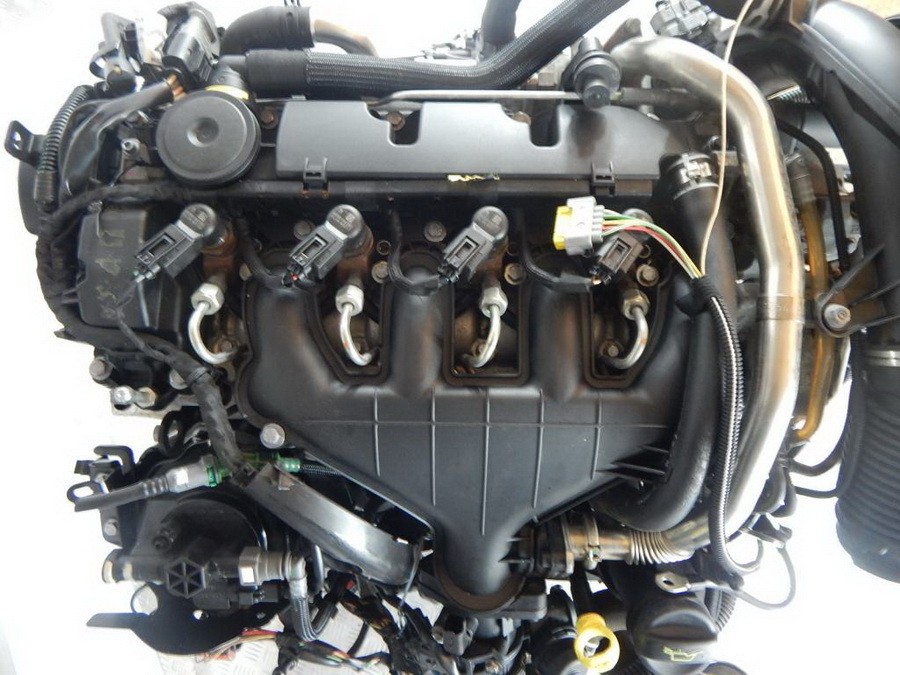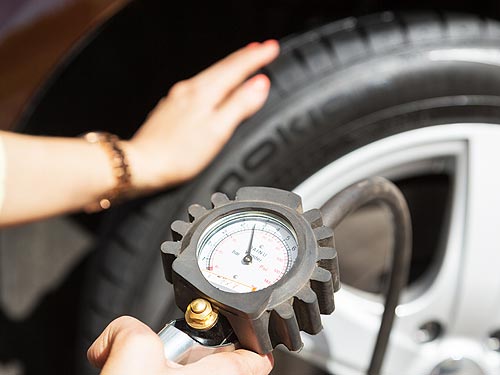
2.0 HDi engine - diesel features from Peugeot
Content
- Where did the name HDI come from?
- 2.0 HDi engine - the principle of operation of the unit
- The premiere generation of the power unit from the PSA Group
- The second generation of the PSA Group division
- The most common 2.0 HDi engine failure is the turbo. What should you beware of?
- How to care for a 2.0 HDi engine?
The 2.0 HDi engine first appeared on the Citroen Xantia in 1998 and provided 110 hp. Then it was installed in models such as 406, 806 or Evasion. Interestingly, this unit could also be found in some Suzuki or Fiat vehicles. They were produced at Sevel in Valenciennes from 1995 to 2016. The motor enjoyed generally good reviews, and its production was in the millions. We present the most important information about him.
Where did the name HDI come from?
The very name HDi is associated with the type of design of the power unit, or rather with direct fuel injection under high pressure. The name was given by the PSA Peugeot Citroen group to diesel engines with turbocharging, direct injection, and common rail technology, a technology developed by Fiat in the 90s. emissions during operation, reduced fuel consumption and pollutant emissions. The use of direct injection has also led to a higher driving culture compared to indirect injection, for example.
2.0 HDi engine - the principle of operation of the unit
It is worth knowing how this 2.0 HDi engine works. In the unit, fuel is distributed from the tank to the high pressure pump through the low pressure pump. Then it comes to the high pressure fuel rail - the previously mentioned Common Rail system.
It supplies electrically controlled nozzles with a maximum pressure of 1500 bar. This pressure allows fuel to be injected into the cylinders in such a way that better combustion is achieved, especially compared to older engines. This is mainly due to the atomization of diesel fuel into very fine droplets. As a result, the efficiency of the unit is increased.
The premiere generation of the power unit from the PSA Group
The PSA - Peugeot Societe Anonyme group has developed the 2.0 HDi engine to replace older diesel engines. One of the main goals was to reduce the amount of fuel used, vibrations and noise that occur when driving a car. As a result, the work culture of the unit has significantly improved and driving with this engine has become much more pleasant.
The car with the 2.0 HDi engine was called Citroen Xantia, these were 90 and 110 hp engines. The units enjoyed a good reputation - they were characterized as reliable, economical and modern. It was thanks to them that the car model presented in 1998 was popular with buyers, and most of the units had huge mileage due to stable operation.
The second generation of the PSA Group division
The creation of the second generation of the unit was associated with the beginning of cooperation with Ford. The result was an increase in power and torque, as well as a reduction in fuel consumption for the same engine size. The start of sales of the PSA diesel engine together with the American manufacturer dates back to 2003.
The main reason for the more environmentally friendly profile of the unit was the requirements of the Euro 4 emission standard, which came into force on January 1, 2006. The 2.0 HDi engine of the second generation was installed not only on Peugeot, Citroen and American cars, but also on Volvo, Mazda, Jaguar and Land Rover cars. For Ford vehicles, the diesel engine technology was called TDCI.
The most common 2.0 HDi engine failure is the turbo. What should you beware of?
One of the most common 2.0 HDi engine failures is a turbocharged failure. This is the effect of carbon accumulation in the aggregate. Dirt can cause many costly problems and make life difficult for the car owner. Then what should you beware of?
Oil clogging and soot formation
For units - both 2.0 and 1.6 HDi, a large amount of soot can accumulate in the engine compartment. The proper functioning of the engine depends mainly on the oil lines to and from the turbocharger. It is through them that the oil passes, which provides lubrication of the bearings. If there is too much carbon deposits, the lines will block and cut off the oil supply. As a result, the bearings inside the turbine can overheat.
Symptoms by which a malfunction can be diagnosed
The way to tell if the oil is not distributing properly is to unscrew or loosen the turbo nut. This is likely caused by oil clogging and carbon buildup. The nut itself in 2.0 HDi engines is self-locking and is only tightened by hand. This is due to the fact that it is pulled up when the turbocharger is working properly - due to two screws moving in opposite directions and torsional vibrations.
Other Causes Leading to Component Failure
There are other reasons why a turbo in a 2.0 HDi engine can fail. Quite often there are foreign objects that have penetrated into this element, worn oil seals, the use of oil of the wrong specification, or non-compliance with regular maintenance of the element.
How to care for a 2.0 HDi engine?
The best way to ensure the smooth operation of the 2.0 HDi engine is to regularly service the unit, such as replacing the timing belt or cleaning the diesel particulate filter. It would also be a good idea to control the amount of oil in the chamber and use the correct type of oil. It is also necessary to ensure cleanliness and the absence of foreign objects in the unit chamber. Thanks to such solutions, the engine will repay you with smooth and reliable operation, bringing great driving pleasure.
A photo. source: Tilo Parg / Wikimedia Commons
